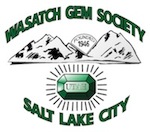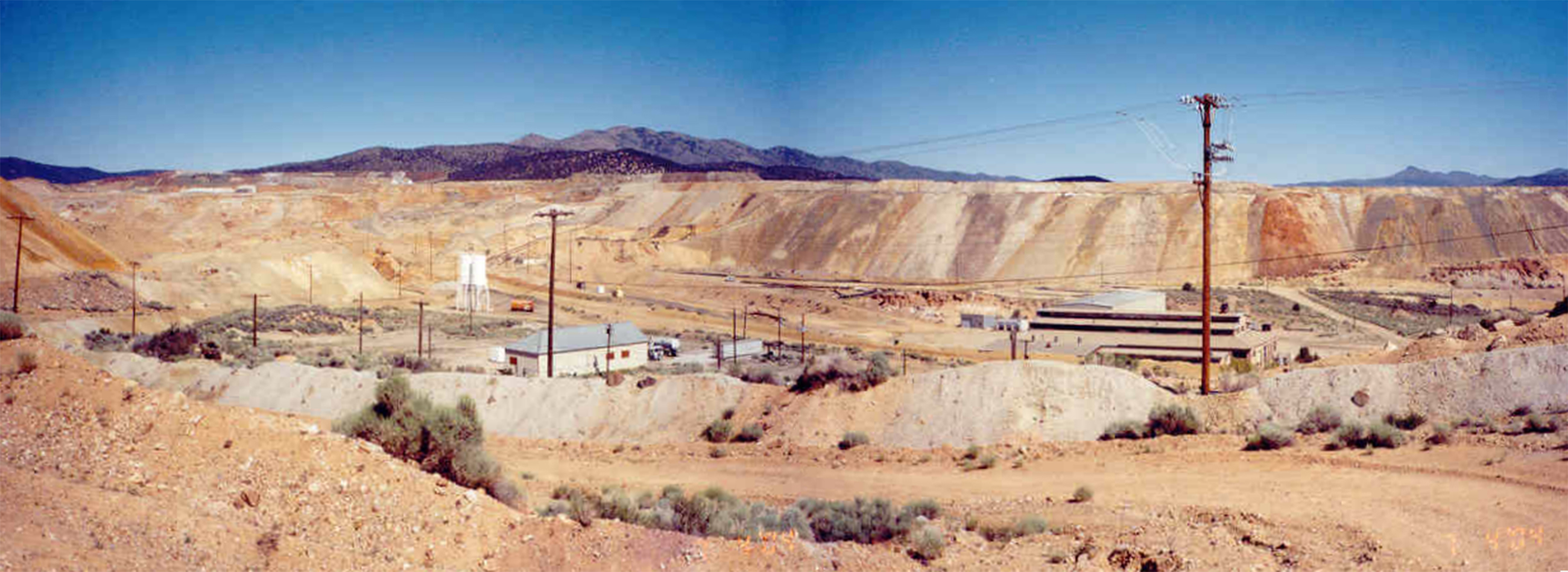By: Shirley Greenberg
If you have a specimen in your collection labeled “Apache Tear” and want information about it, you could have a problem. Not all rock and mineral books have a listing for “Apache Tears.” This is because “Apache Tear” is not a valid mineral name but is a well-known nickname for some obsidian nodules. Obsidian is a rock, not a mineral. As you probably have guessed, these nodules are found in locations where Apache Indians lived in the US Southwest. “Apache Tears” have been found primarily in Arizona, Nevada, and New Mexico.
All “Apache Tears” are obsidian, but not all obsidians are “Apache Tears.” Obsidian is natural volcanic glass. Don’t look for crystals of obsidian because you won’t find any. The hot lava forming obsidian cooled much too quickly to allow crystals to form. “Apache Tears” are found in grayish white volcanic material called “perlite.” Perlite is obsidian that has weathered and altered until it has become porous and lightweight.
Each “Apache Tear” lump will have an uneven coating of perlite clinging to it after being pried or dug from a mass of perlite. Tumbling and polishing will reveal a shiny glass pebble that may be black or smoky in color. Hold the “Tear” to the light to see how translucent it is. It is interesting to note that the “Apache Tear” and perlite surrounding it have been formed from the same volcanic material and yet the “Tears” are dark in color and its coating of perlite is light in color.
Perlite is used in making lightweight concrete and is also used in the manufacturing of insulation. Obsidian, with a hardness of 5 to 5.5, is brittle and chips easily. Nevertheless, it has long attracted gem cutters and gem carvers. Obsidian was used for bowls and cups as early as 3,200 B.C. in Mesopotamia. Jewelry set with obsidian made about 1,352 B.C. was found in the tomb of King Tuthankhamen. “Apache Tears” are cut by faceters today because they are plentiful and inexpensive.
Source: The Garnet Gazette, March 1994, via Golden Spike News, June 2006





